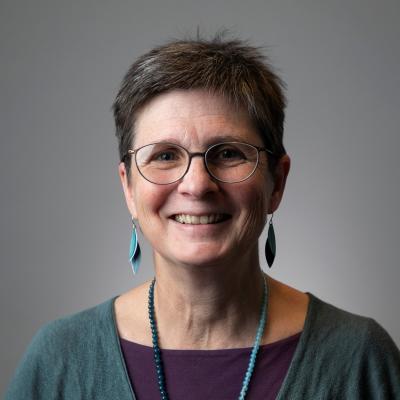A year on from Berwick: putting safety at the heart of good care
6 August 2014

A year on from A promise to learn – a commitment to act, the two questions we should ask are ‘Have we learnt?’ and ‘Did we act?’
These questions could be answered from many perspectives.
As an organisation that has been both a long time observer and contributor to patient safety efforts in the UK, the answer to these questions is inevitably ‘yes and no’.
We were struck by the very positive response there was to the report – to the sense of hope and optimism it generated by learning from some deeply tragic events.
We were both daunted and inspired by recognising that there is still so much further to travel before we can say we have a health care system as safe as we would want it for ourselves and our loved ones. That there needs to be more knowledge and understanding about the conditions that support safe care at every level. That we need more people skilled in the methods and approaches for delivering reliable and safe care every time. That leaders need to listen more carefully to the soft signals that care may be being jeopardised before it goes badly wrong. And that safety is about constant vigilance and continuous action, not a goal reached, celebrated and set aside in search of other achievements. In Don Berwick’s words: ‘It is a tireless fight against entropy.’
This month our newsletter looks at the evolution in the safety landscape since the Berwick review reported a year ago. We speak to members of the Berwick advisory group to get their views on where they have seen change, delve into the world of the regional safety collaboratives run by NHS England, give some top tips for using safety culture surveys and Penny Pereira discusses how to maximise your chances of success at capability building.
And alongside the challenges set by Berwick and the various responses so far, we must remember that the financial constraints of the next few years are going to present some tough choices for NHS providers on where they invest and how they ensure safety. We can’t continue to deliver care in the same way and improve safety within the current funding envelopes. There is no single answer but the following seem pretty good bets to me…
- We can’t expect people to do things they haven’t been trained to do. Being able to deliver safe and reliable care requires training just as much as being able to diagnose a clinical condition, know the appropriate drug dosage or how insert a central line. It isn’t an innate ability and training in skills such as effective communication, measurement and monitoring and situational awareness need to be taught and practiced more widely.
- We know that hospitals can both save lives and also put lives at risk. Of course we need to be making hospitals as safe as we can, but we also need to do more to keep people out of hospital and limit their stays to a minimum. The work from our Flow, Cost, Quality programme has shown that reducing delays in care and improving transitions in care for the frail elderly can reduce mortality.
- Apart from the relatively small number of health care encounters where people are unconscious or severely incapacitated, the individual receiving care is well-placed to spot potential errors and reduce risks. As yet the role of patient in ensuring their own safety is an untapped resource but one that cannot be ignored. We need to be giving people more information about their care, about what to expect and how to stay safe.
- The complexity of modern health care often means that individuals do not see the consequences of their actions and decisions – for better or worse. Creating mechanisms for real-time feedback is essential to help people learn and improve what they do. We need to embrace the potential that social media and IT offer to make this prevalent throughout care systems.
The way the NHS has stepped up to the safety agenda over the last year has been impressive but we can’t underestimate the continued focus and attention that will be required to maintain and improve safety, especially given the financial pressures.
No-one comes into health care to harm people, so securing commitment to safety is the easy bit. Giving people the necessary skills, space and resources will be the challenge. But a start would be for us all to ask ourselves: what did I learn over the past year and how have I acted?
Jo is Director of Strategy at the Health Foundation, www.twitter.com/JoBibbyTHF
Work with us
We look for talented and passionate individuals as everyone at the Health Foundation has an important role to play.
View current vacanciesThe Q community
Q is an initiative connecting people with improvement expertise across the UK.
Find out more

